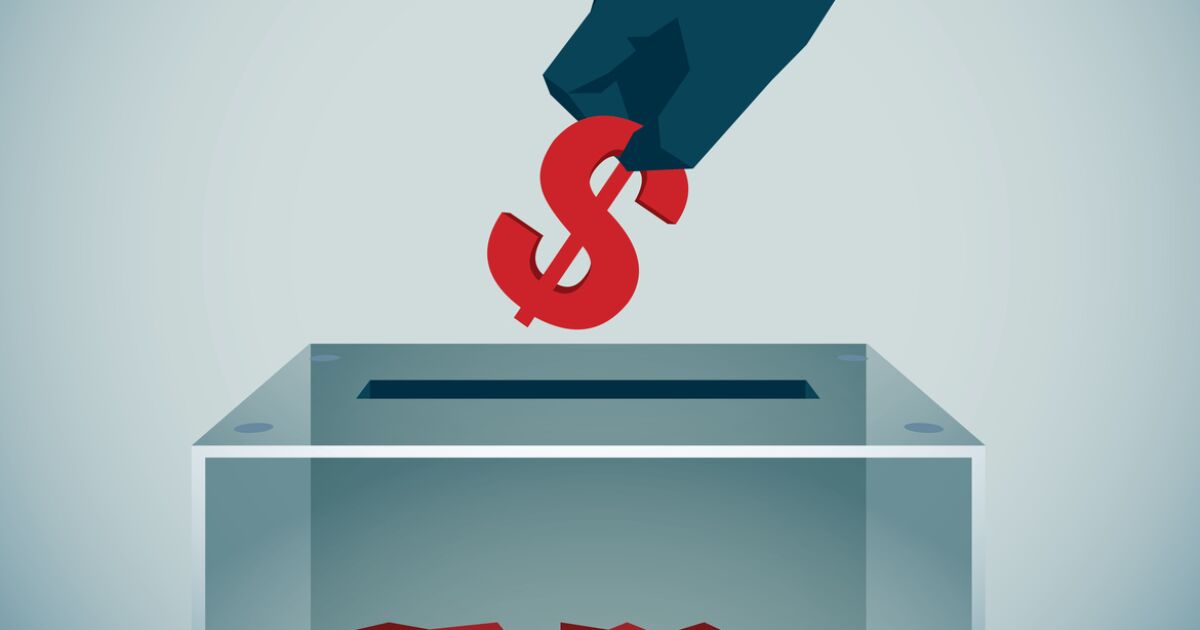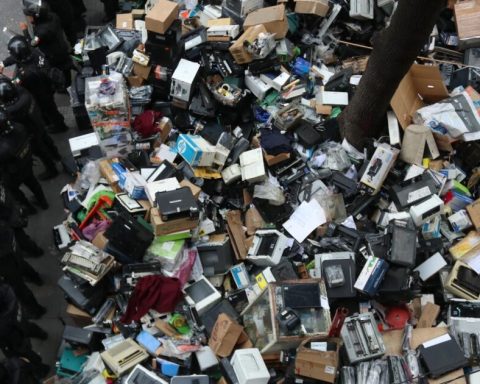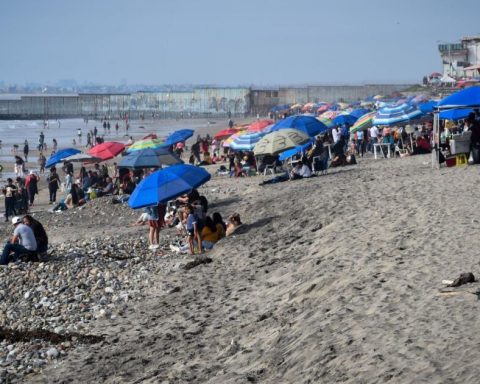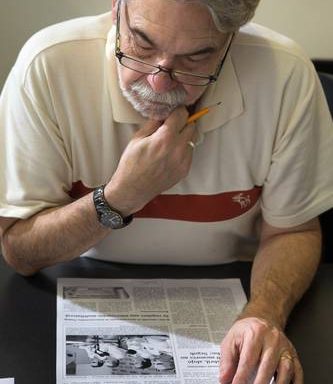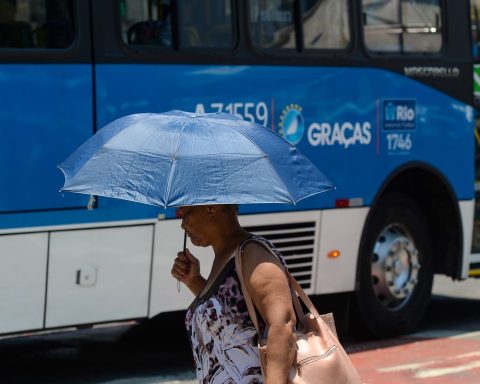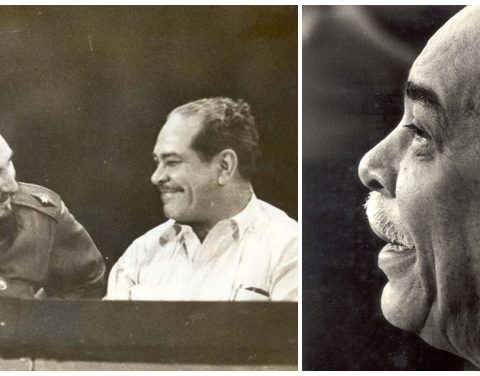As they say, “love is repaid with love,” and these benefits are later rewarded in the form of contracts; permits or permissiveness; or the promise of implementing new resource diversion schemes once in office.
Various investigations have concluded that what the National Electoral Institute audits does not correspond to what is actually spent on campaigns. Ugalde and Casar, for example, proposed that for every peso declared by a candidate for governor, there are 15 more pesos that move “under the table.” The Bank of Mexico itself has warned that the use of cash inexplicably increases during election years.
The use of illegal money to finance politics is extremely problematic for democracy, not only because of the commitments it generates but also because it prevents the creation of minimum contexts of equity for a fair electoral competition. It is therefore surprising that, through naivety or dishonesty, the discussion on campaign financing in upcoming judicial elections has been omitted in the legislative headquarters.
According to the approved ruling, it is estimated that almost 700 positions in the Federal Judicial Branch will be up for election in 2025, which would imply the participation of almost 4,300 candidates. However, the use of public and private financing for the conduct of campaigns is prohibited, in absolute denial of the reality of the electoral processes in the country. In any case, it constitutes a violation of our right to information, but it also creates the perfect conditions for the interference of large interests and organized crime without any safeguards to guarantee a level playing field.
Regarding the reference to judicial elections in some states of the United States, it is pertinent to highlight that the money involved in these processes constitutes a source of concern regarding the susceptibility of justice to interference by large interests. According to the monitoring carried out by the organization Brennan Center for Justicelocal high court elections attract more money when partisan or ideological majorities are at stake, or when courts have issued or are about to issue controversial or high-profile rulings. It also highlights that 45% of the money spent on judicial elections between 2021 and 2022 came from various external interest groups.
